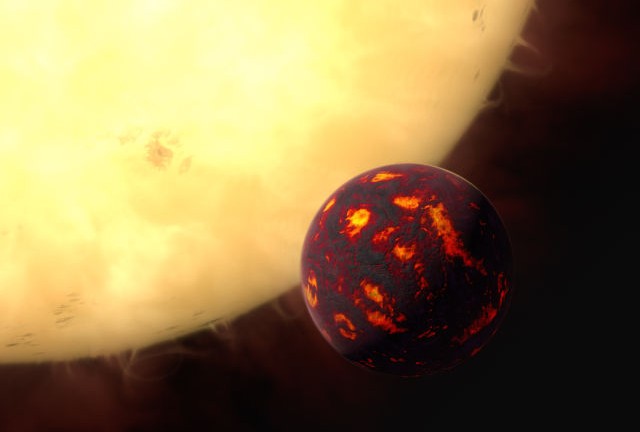The Possibility That Our Sun Consumed a Super-Earth as Its Morning Meal
Our solar system may present an appearance of orderliness, with predictable planetary orbits enabling spacecraft to embark on multi-year journeys. However, in cosmological terms, our observation of the solar system is but a brief moment.
In its early stages, the solar system experienced a far more tumultuous environment, characterized by chaos and upheavals before settling into the current stable orbital configuration. Notable events included collisions, such as Theia crashing into Earth and giving rise to the Moon.
A recent paper by Rebecca G. Martin and Mario Livio at the University of Nevada, Las Vegas, posits the possibility that our solar system once hosted an additional planet that met its demise by plunging into the sun. Interestingly, the evidence for the existence and formation of this hypothesized planet lies in the absence of detectable evidence.
This potential super-Earth would have formed in close proximity to the sun before succumbing to gravitational forces that drew it into the sun, leading to its destruction. During the early phases of our solar system, the sun emerged at the center of a mass of gas and dust. As it accumulated sufficient mass, the sun underwent atomic fusion, resulting in its activation. Encircling the sun was a protoplanetary disk composed of gas and dust, from which the planets eventually took shape.
What is notably absent in our solar system is any celestial bodies or rocky debris in the region between Mercury and the sun. Although this might appear typical, observations from the Kepler mission indicate otherwise. In more than half of the solar systems examined by Kepler, planets have been identified in the same zone where our solar system lacks such bodies.
A fundamental aspect of this concept is that planets do not always form in their final orbital positions. Depending on various factors, planets may migrate either inward towards their star or outward away from it. According to the study by Martin and Livio, our solar system might have initially formed a super-Earth that, instead of migrating outward, ultimately plunged into the sun. They propose that this super-Earth likely originated in the inner regions of our solar system, within Mercury’s orbit.
The absence of objects and debris in that area suggests that the super-Earth’s formation cleared the region of any material, and once formed, it fell into the sun, erasing all traces of its existence. The authors also suggest another potential cause for the super-Earth’s descent into the sun. They propose that Jupiter may have migrated inward to approximately 1.5 astronomical units (AUs) from the sun, locking into resonance with Saturn.

Subsequently, both gas giants migrated outward to their current orbits, leading to the destruction of the super-Earth. The study’s rationale is partially based on the sizes of the inner terrestrial planets in our solar system, which are notably smaller compared to those in other systems studied by Kepler. If a super-Earth formed in the inner part of our system, it would have dominated the accretion of available material, leaving Mercury, Venus, Earth, and Mars starved for matter.
A key concept in this study is the idea of a “dead zone” in a protoplanetary disk—a zone of low turbulence that supports planet formation. Systems with a dead zone could allow super-Earths to form in situ without migrating inward. However, for this scenario to occur, the dead zone must be long-lived, and the protoplanetary disk must have specific characteristics, including the right temperature and turbulence depth.
The authors conclude that the absence of super-Earths in our solar system, despite their prevalence in over half of observed exoplanetary systems, is intriguing. They suggest that, in our solar system, the likely scenario involves the in situ formation of a super-Earth, followed by its eventual plunge into the sun. Fine-tuning various variables, such as the presence of a dead zone and specific characteristics of the protoplanetary disk, could explain why our solar system lacks a super-Earth while it is common in other systems studied by Kepler.
This article is republished from PhysORG under a Creative Commons license. Read the original article.
Do not forget to share your opinion with us to provide you with the best posts !



0 Comments